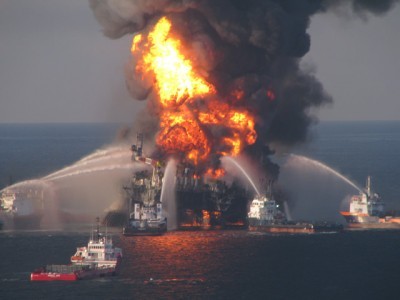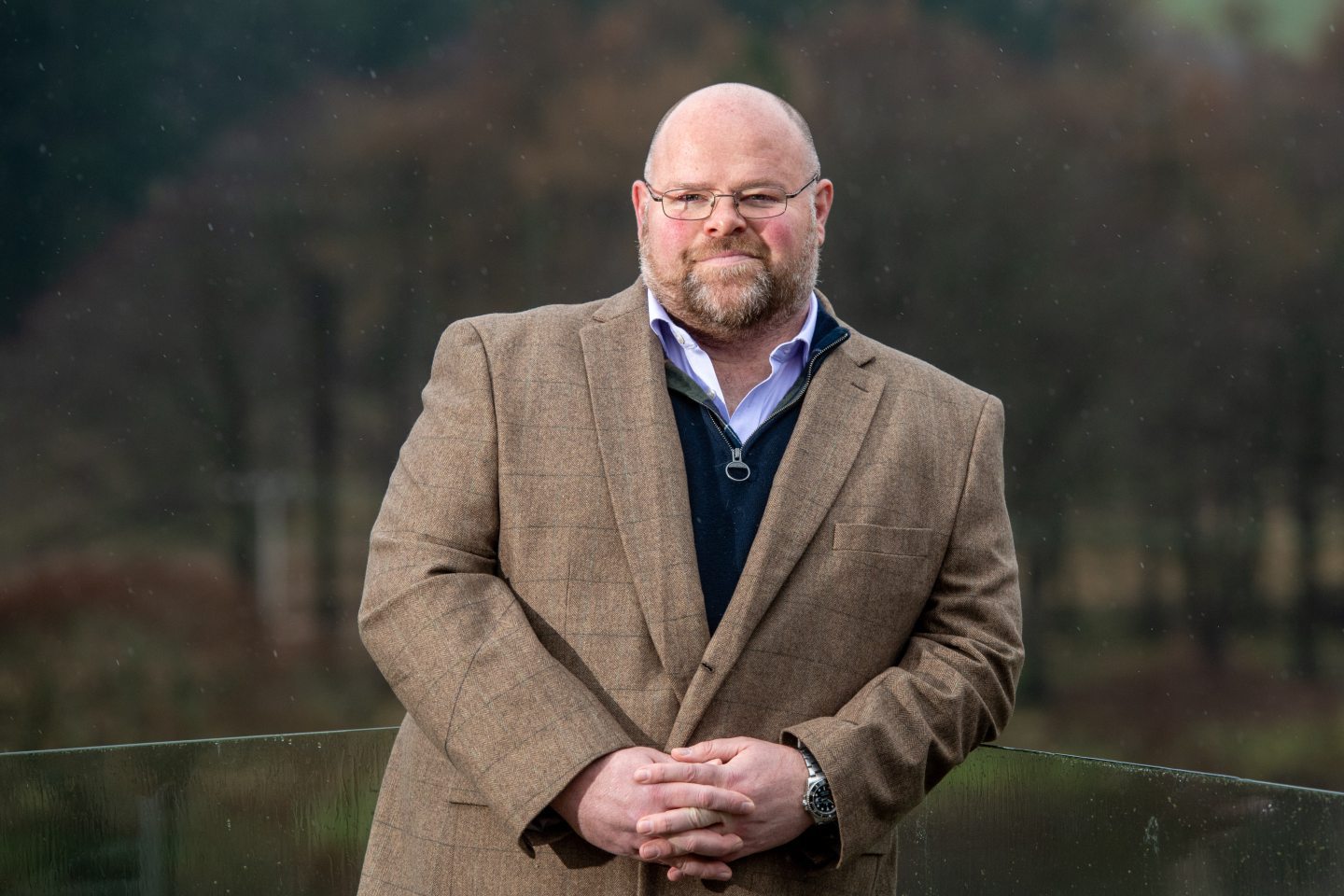
I was working on a Transocean drilling rig on the 20th of April 2010. We were a long way from the stifling heat of the Gulf of Mexico, instead located West of Shetland on the United Kingdom Continental Shelf (UKCS). Beyond geography, we were a similar group to those on Deepwater Horizon.
I can recall the tannoy announcement that called the entire rig to muster in the galley. We sat down with our usual carefree joviality, but that stopped the second we saw the sombre look on the face of our Offshore Installation Manager (OIM). He gave us an unabridged version of what was happening because he knew nothing would lessen the blow. Our OIM was right, as usual, it hit us all very hard.
For the uninitiated, the offshore life is difficult to describe. As a rig-based community you are more akin to a family than a collection of colleagues. That principle stretched throughout Transocean, and when we learned there were casualties and almost certainly fatalities, we were stunned into silence.
As a drilling contractor, rig inspector and operator I have been on literally hundreds of oil rigs, and silence is not something associated with those who make the huge marvels of engineering work. We are a noisy bunch, but that day began a period of quiet mourning that, to a degree, still exists today.
The pause that proceeded gave the industry the time it needed to process the information and realise that it had regressed to the point of forgetting some of the key lessons from the 167 lives lost at Piper Alpha, at the cost of another 11 irreplaceable souls. It was tragic to learn that we had literally forgotten.
There was no single cause. It is better to think of a catalogue of technical and human & organisational failures, each of which individually possessed escalation potential. But, when they occurred in the way they did on that day, they unified into a cumulative catalyst that caused a truly disastrous outcome.
Some of the contributing technical factors were:
The abandonment activities onboard the Deepwater Horizon involved plugging the Macondo well with a cement barrier. This was simply intended to keep hydrocarbons safely below the seafloor. The plug integrity was misinterpreted and, when the crew removed the drilling fluids (primary well control) to install another cement barrier, hydrocarbons escaped and began racing towards upwards the surface.
The resultant surface explosions were because those hydrocarbons ignited, which was made possible because the BOP failed to operate and provide an effective barrier. Not only was it later found that the BOP in question had performance deficiencies even before deployment on the Macondo wellhead; but it was impossible for that particular BOP to activate due to control system and solenoid miswiring.
Other contributing factors were (human & organisational):
The lack of human factors considerations increased the likelihood of a blowout exponentially; a salient point when closing a BOP in time to stop a kick evolving to blowout requires several human decisions. Although there were evident amounts of technical competencies onboard the rig; the nontechnical skills (NTS) necessary to bolster human performance reliability were ultimately found to be lacking.
This was paired with a BOP testing and inspection regime that was sufficient to verify the operational components necessary for daily drilling, but fatally neglected the BOP emergency systems. Due to this, the miswiring within the control system and solenoid remained dangerously undetected meaning that even when the BOP was activated, it would not function as designed to prevent hydrocarbon egress.
There are many other failures and errors that are linked to this event. A subsequent UK inquiry reviewed them all, and as a result the need for independent verification of well design, well equipment and safety and environmental critical elements (SECE) was written into law. Along with this, several of our leading industry bodies (Offshore Energies UK, International Association of Drilling Contractors, etc.) made significant NTS progress, an aspect that is also now diligently inspected by the UK regulator.
In summary, although we cannot realistically spend our professional life examining failure, because we must also focus upon success, I believe that Macondo transpired because we had to some degree forgotten the lessons of the past. In the same way as we can link Piper Alpha with Deepwater Horizon, it would be tragic if we could link the next event with Macondo. With that in mind, please use today to respect and remember, but also to ensure that we leave mistakes where they belong…in the past.
This article is dedicated to the 11 grandfathers, dads, uncles, sons, brothers, nephews, friends and members of respective communities that were lost on that day, and the loved ones they left behind:
Rest in peace: Jason Anderson, 35, Midfield, Texas; Aaron Dale Burkeen, 37, Philadelphia, Mississippi; Donald “Duck” Clark, 49, of Newellton, Louisiana; Stephen Ray Curtis, 40, Georgetown, Louisiana; Gordon Jones, 28, Baton Rouge, Louisiana; Roy Wyatt Kemp, 27, Jonesville, Louisiana; Karl Kleppinger Jr., 38, Natchez, Mississippi; Keith Blair Manuel, 56, Gonzalez, Louisiana; Dewey Revette, 48, of State Line, Mississippi; Shane Roshto, 22, Liberty, Mississippi; Adam Weise, 24, Yorktown, Texas.
 © Supplied by Kath Flannery/ DC Th
© Supplied by Kath Flannery/ DC Th